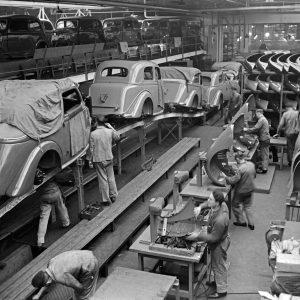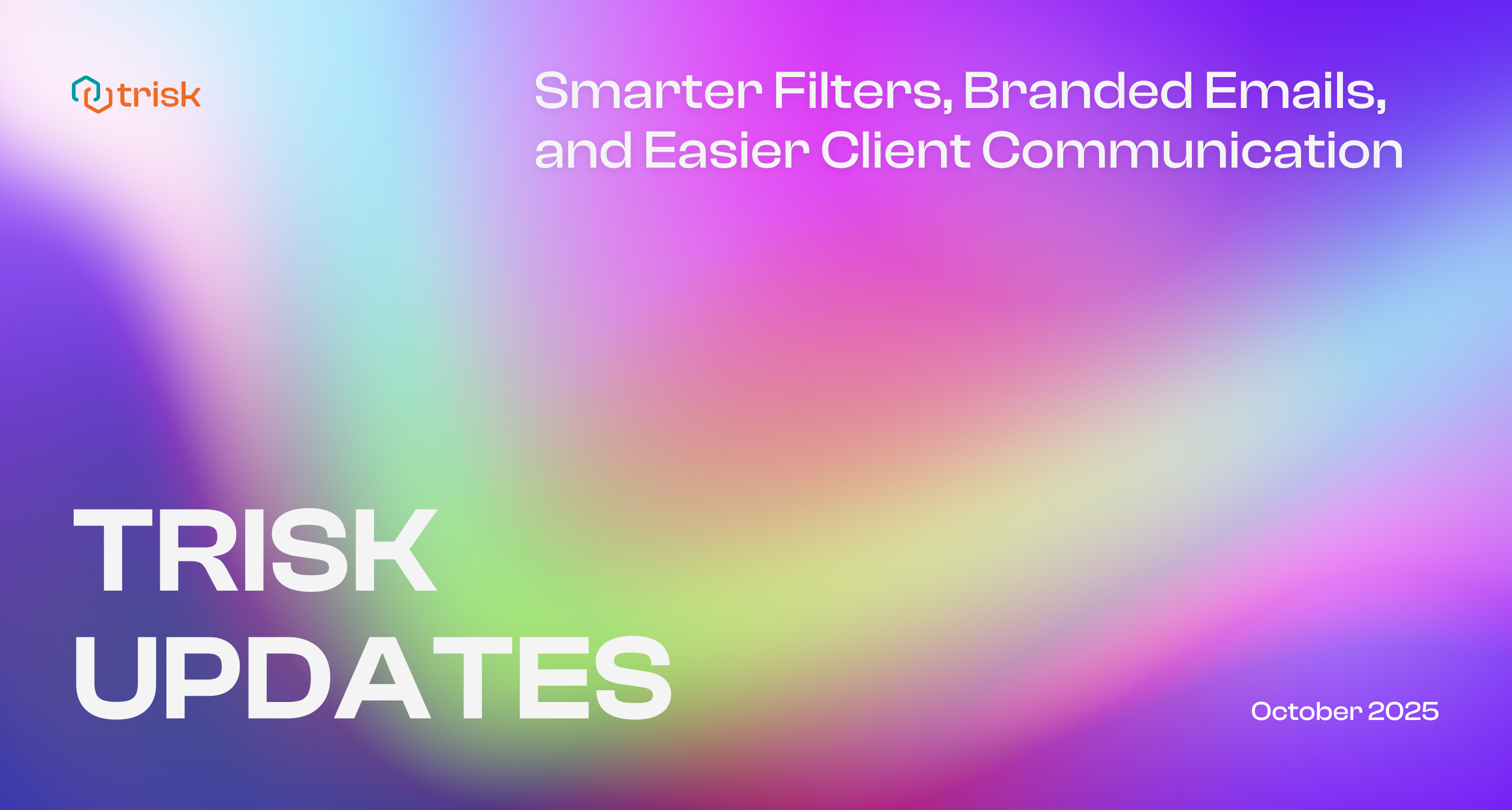This Will Immediately Improve Your Business!
Leverage is a necessary component in most successful endeavors. Whether you’re removing a nail from a board or growing a business, you’ll work harder than you need to it you don’t apply leverage.
In my nail and board example, leverage is about physics. At home, most are taught to use a lever to our advantage when we move and lift things. In business, we learn to use leverage. In this case, it’s about behavioral sciences combined in some cases with physics.
Manufacturers must address leverage from both a physical and a behavioral perspective. Service businesses, while mostly free from physical considerations, face the wrath of behavioral implications when considering leverage.

The best example of leverage in a manufacturing business is the assembly line. In late 1913, Henry Ford installed the first moving assembly line for the mass production of an entire automobile, reducing the time it took to build a car from more than twelve hours to one hour and thirty-three minutes. This required that the right component was installed by the right worker at the right time AND the process was continual. By predefining required actions with an optimal line speed, Ford achieved the requisite leverage to build a consistent product in record time. The rest is history. Manufacturers not only embraced the moving assembly line, but they continue to achieve greater leverage through investments in robotics.
Leverage in service businesses has historically been a numbers game; how many people at what level do you employ? One of the most notorious examples of this leverage model is accounting and law firms, with their targeted ratios of the number of staff/associates to partners. When I started my accounting career, there were ten staff for every partner. It’s a basic concept that has worked for years. Higher cost/value people on top making money from the labors of those working for them.
How does this services model play in 2022?
There are issues.
· Employee satisfaction – Work/life balance is growing in importance. Professional service firms that have thrived on the extreme hours of staff are facing competition to hire, retain and motivate talent.
· Risk – Using less experienced/trained people has inherent risks. Your staff doesn’t know what you know. Will they recognize problems? Will they come up with the right answer? Will they keep you out of trouble?
· Client expectations – “If Amazon can have it on my front porch tomorrow, why can’t I get I get it by Monday?”
· Consistency – It’s a well-known fact that someone’s opinion of a professional service firm is largely a function of the professionals at the firm with whom they interact. If you get a good partner, you’ll like the firm. If your partner is not so good, you’ll likely not champion the firm.
· Defections – As staff leaves heavily leveraged employers to set up their own firms, they compete primarily on price, driving the race to the bottom.
In recent years, business writers, venture capitalists, and consultants seem to be all in on machine learning and artificial intelligence. As a fan of automation, I get the appeal. But as a believer in the power of the individual, in the need of human beings to interact with other human beings, I’m skeptical. Consider 2020 where we’ve been in Covid-19 lockdown for months, society is hurting. Advisors want to talk to clients. Clients want to talk to advisors.
Instead of bots, I look to Henry Ford for guidance. What can service businesses learn from the moving assembly line?
A lot!
Henry Ford didn’t want to build Cadillacs. He wanted to build Model Ts. This required an investment of time and money to design, build and run assembly lines, integrating 84 discrete steps that ensured that each Model T rolling of the line met the company’s standards.
Assuming a service business wants to provide a service that differentiates it from its competitors, similar investment is required to design, build and run a business process. (The good news is that most services don’t have 84 discrete steps.)
So, you ask…
How does all of this relate to leverage?
I’ll use two examples to demonstrate my point.
· Big firm – How many times have you discovered that your client is using another provider for services your firm provides? This is a common occurrence. Most professional service firms don’t have effective processes in place to cross-sell between specialty verticals.
By leveraging existing relationships with clients AND leveraging expertise amongst your firm’s personnel, a professional service firm will be significantly more successful in achieving its growth goals and providing excellent service to your clients.
· Small firm – You want more business but you can only work so many hours. You can only grow a firm using leverage. The most successful leverage occurs when you combine your expertise, people, and technology.
I recognize that my two examples may seem obvious. They are. What’s not obvious is how they’re achieved.
Albert Einstein is widely credited with saying,
“The definition of insanity is doing the same thing over and over again but expecting different results.”
This is how most professional service firms, of all sizes, address leverage. They create policies and procedures, hold meetings, write reports and do team building. To some degree, this works. But if you really want to achieve significant and lasting results, you need to understand the issues facing you and make the right choices.
Your choice shouldn’t be IF you’ll leverage your expertise and services, but HOW. The old way of doing things will get you the same old results. You need leverage to effectively cross-sell and grow without it costing you more time and personnel.
Last I checked, there are still only 24 hours in a day and money still isn’t growing on trees. Invest your energy wisely. Investigate all options. Find the technological leverage your business needs to succeed. It’s out there. But…it won’t find you!


